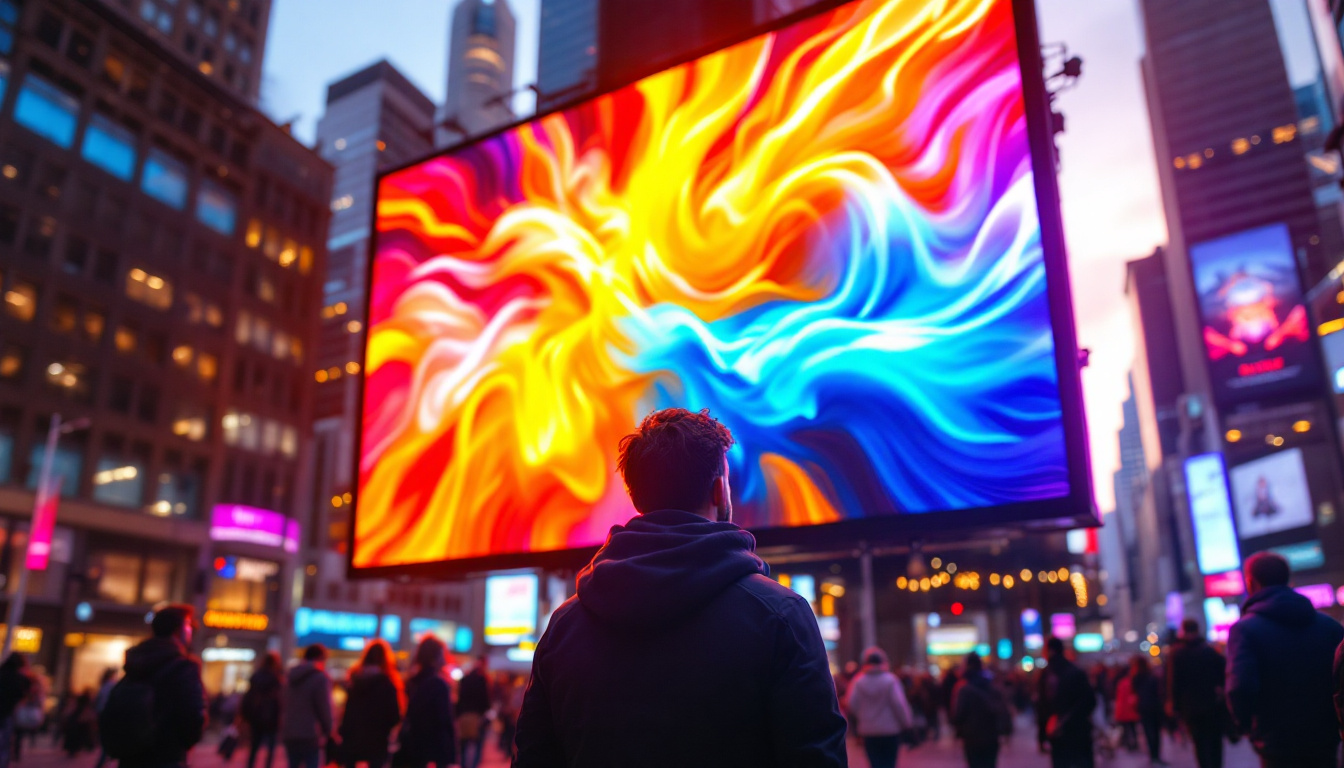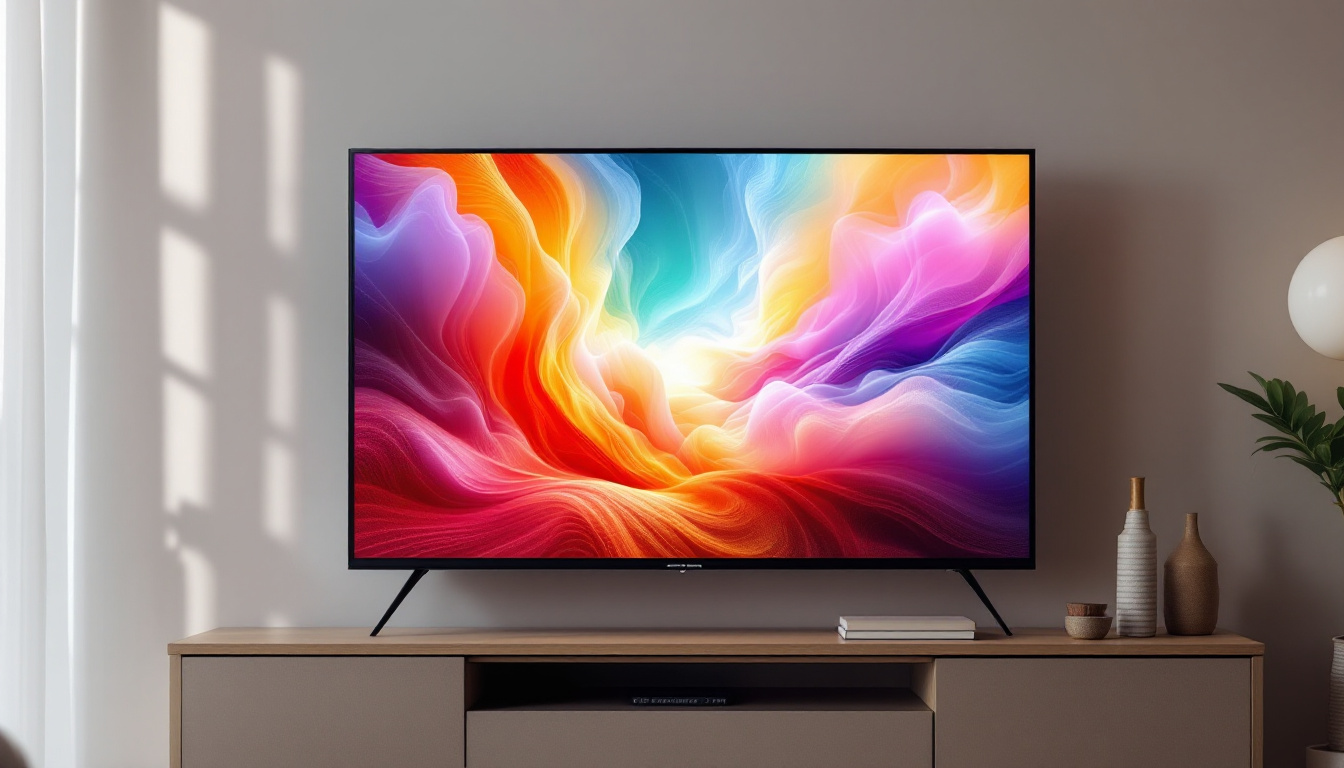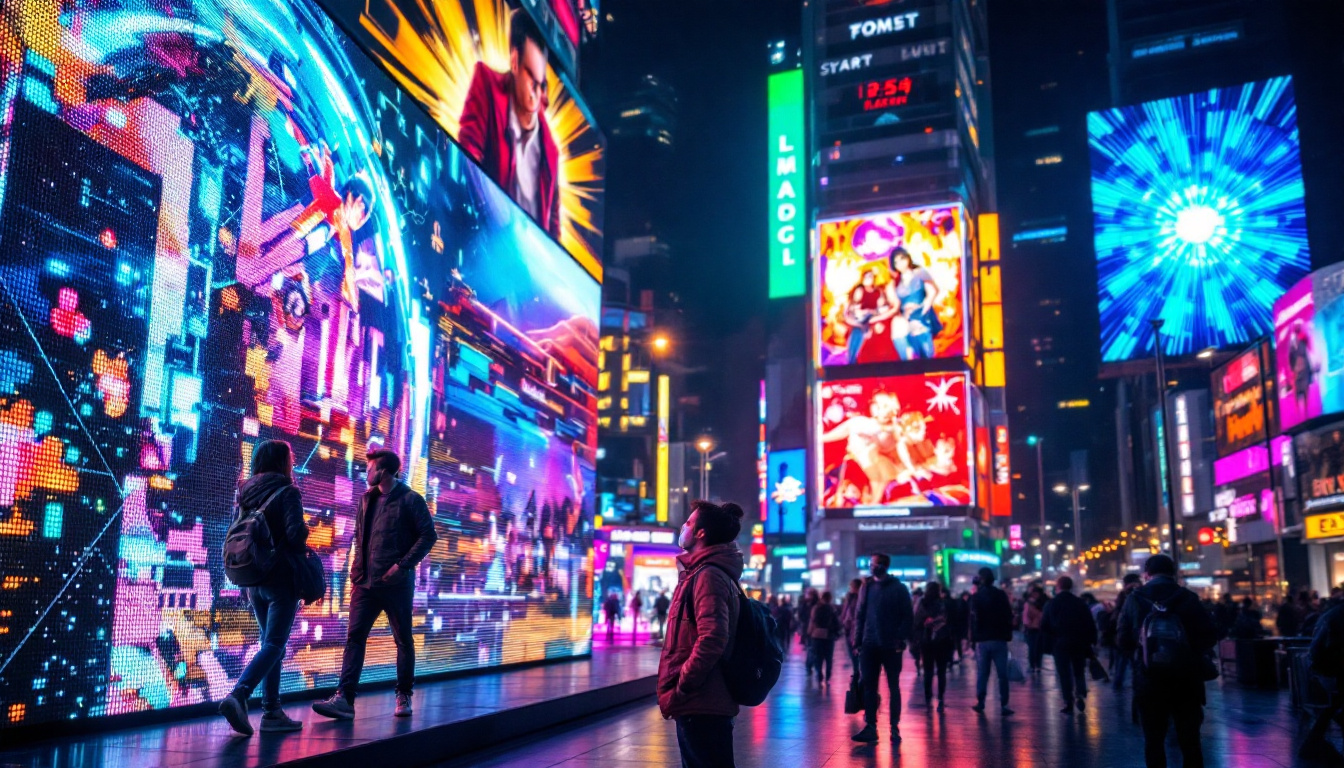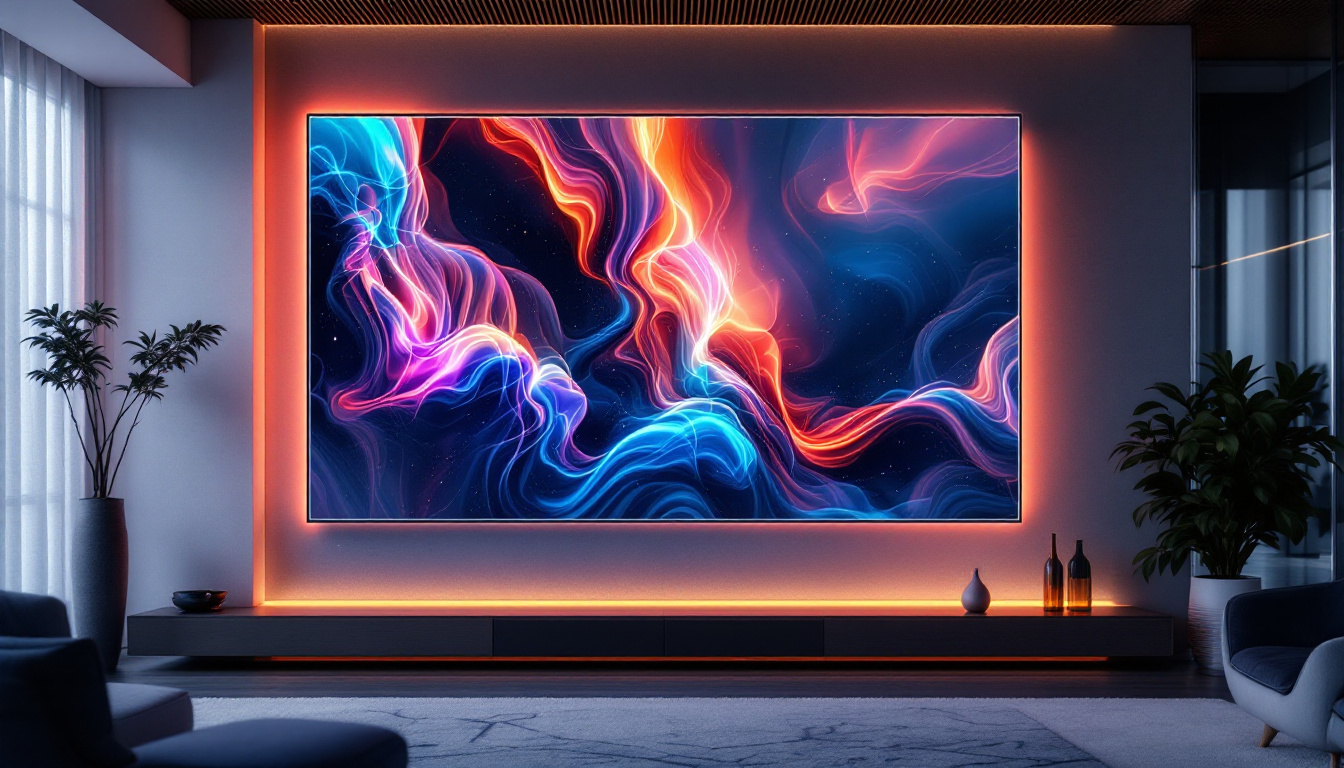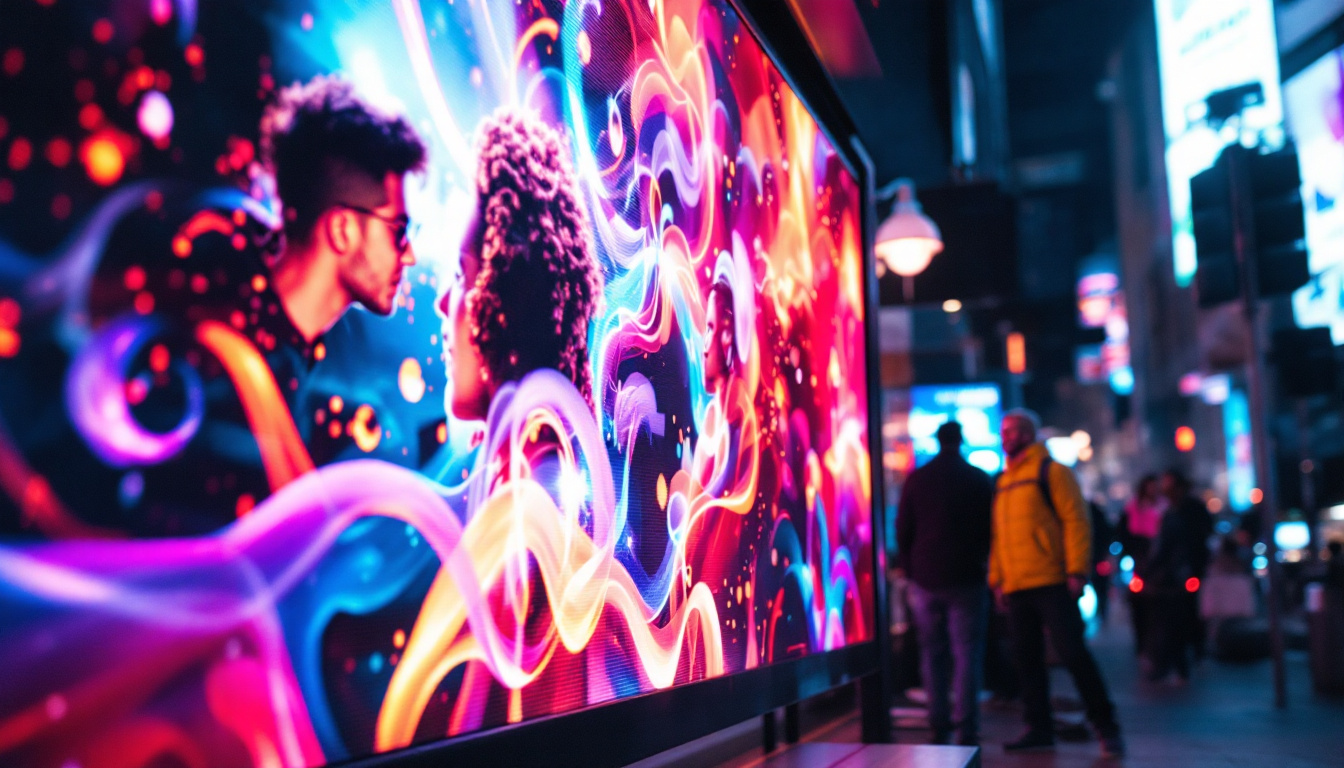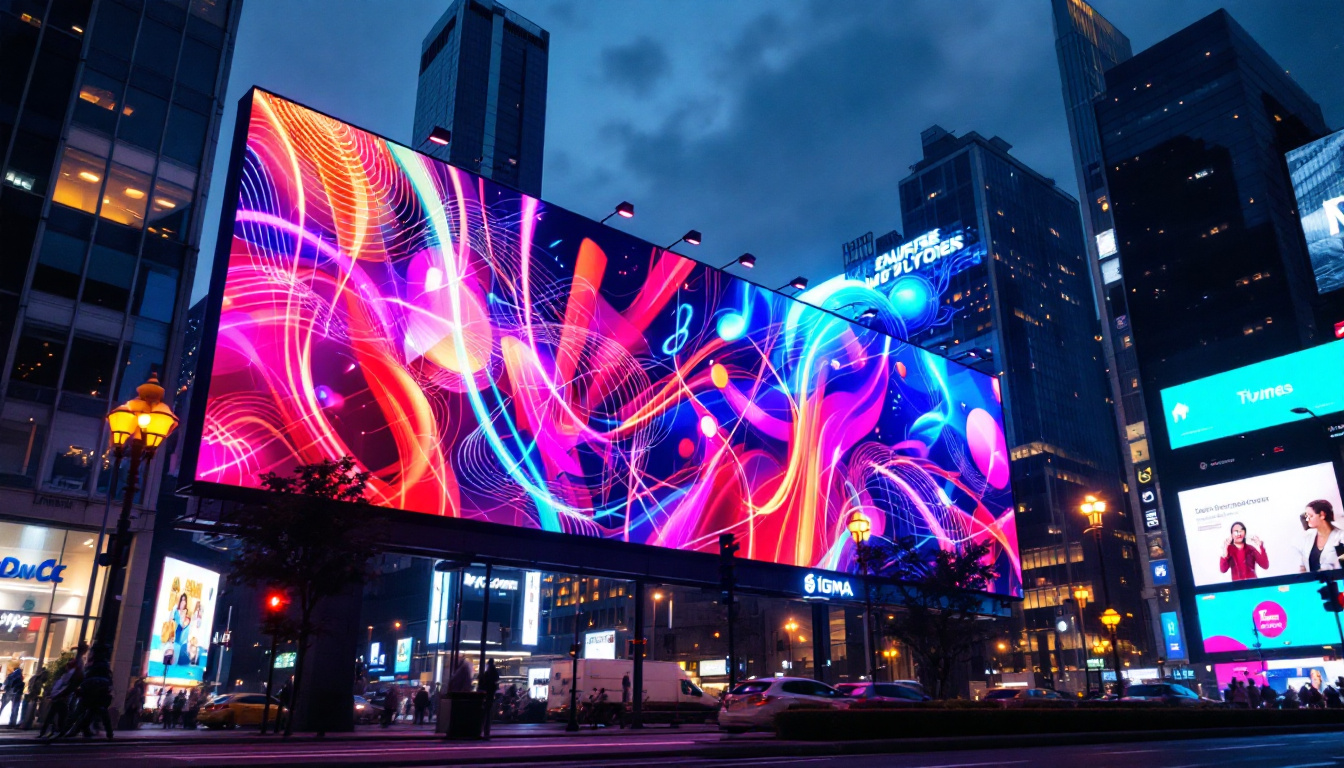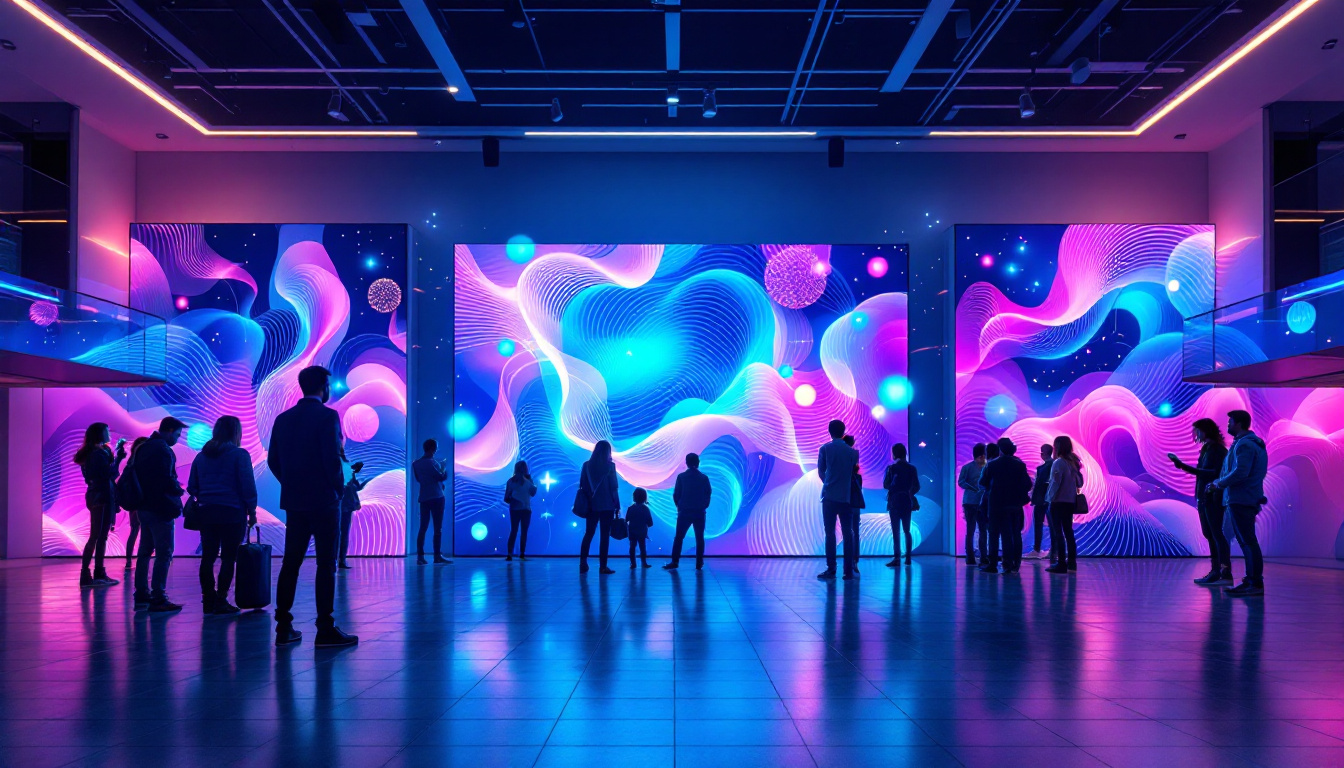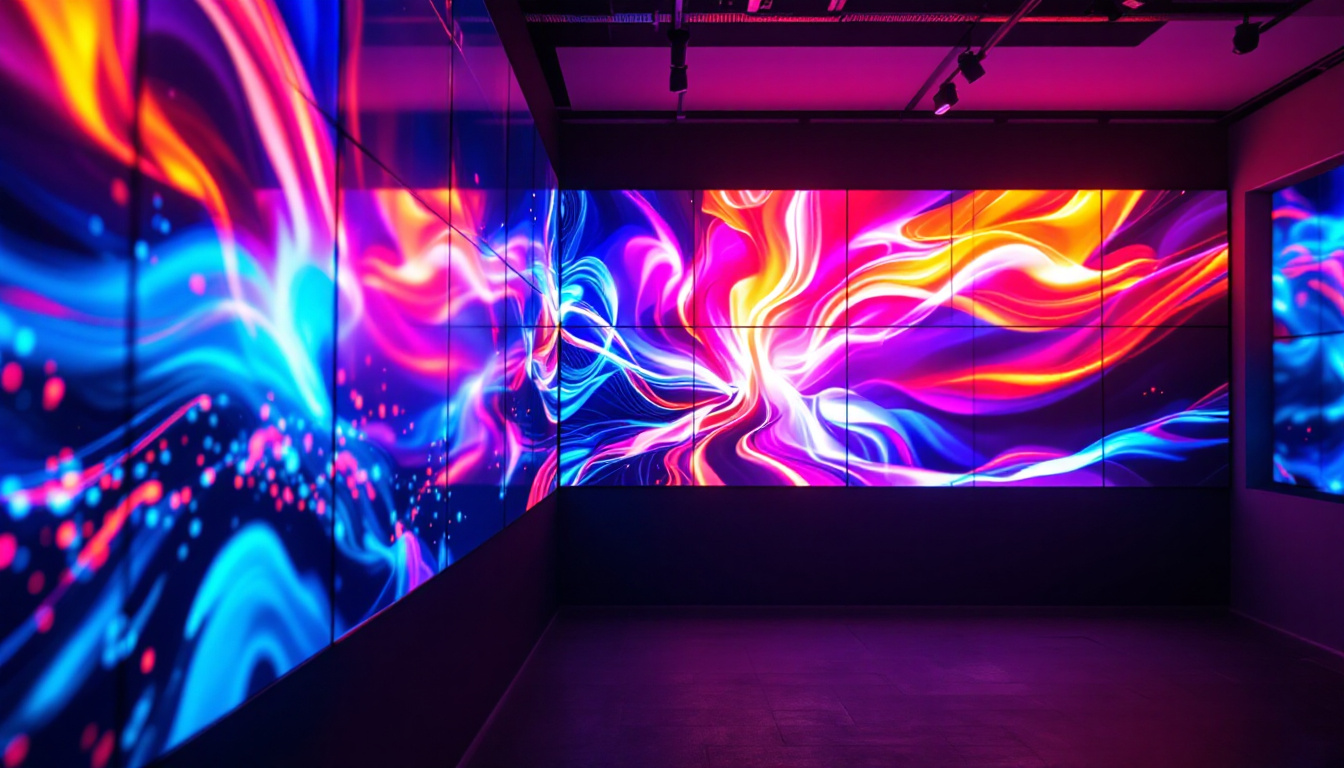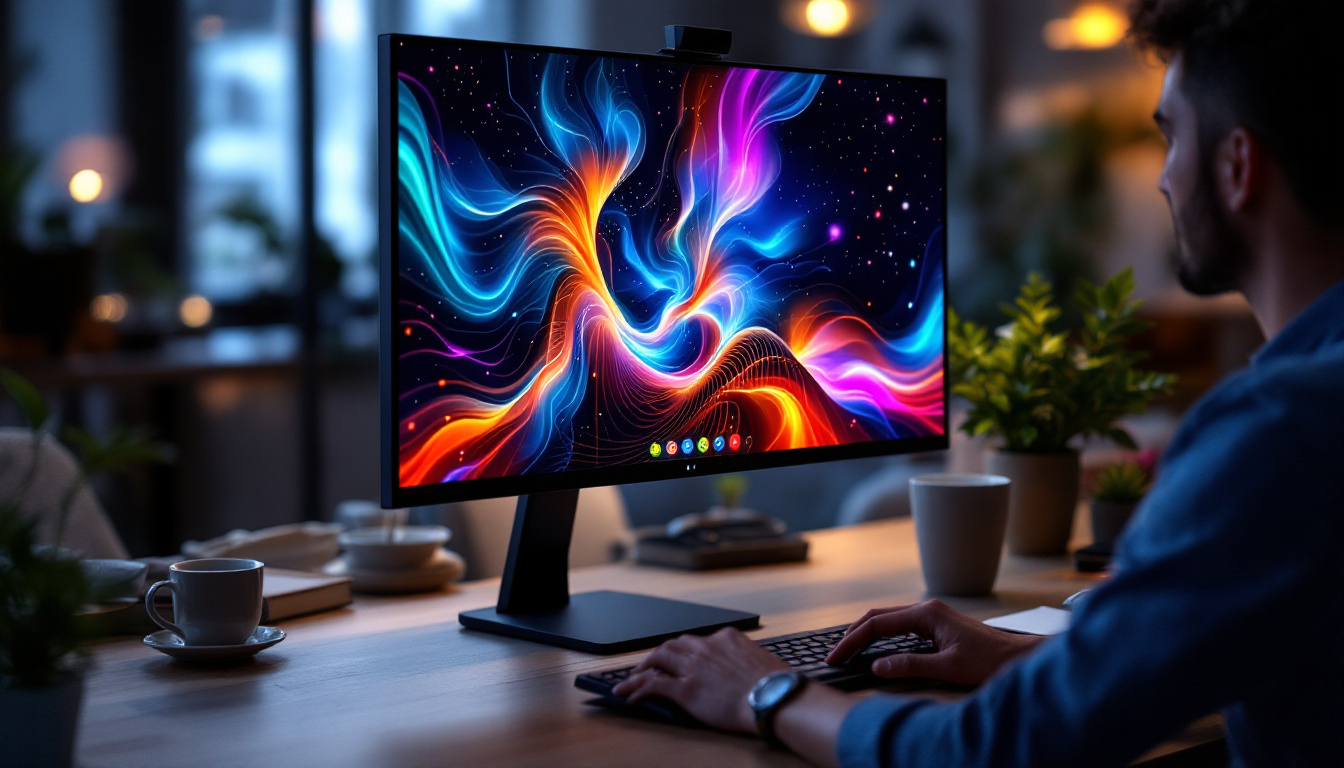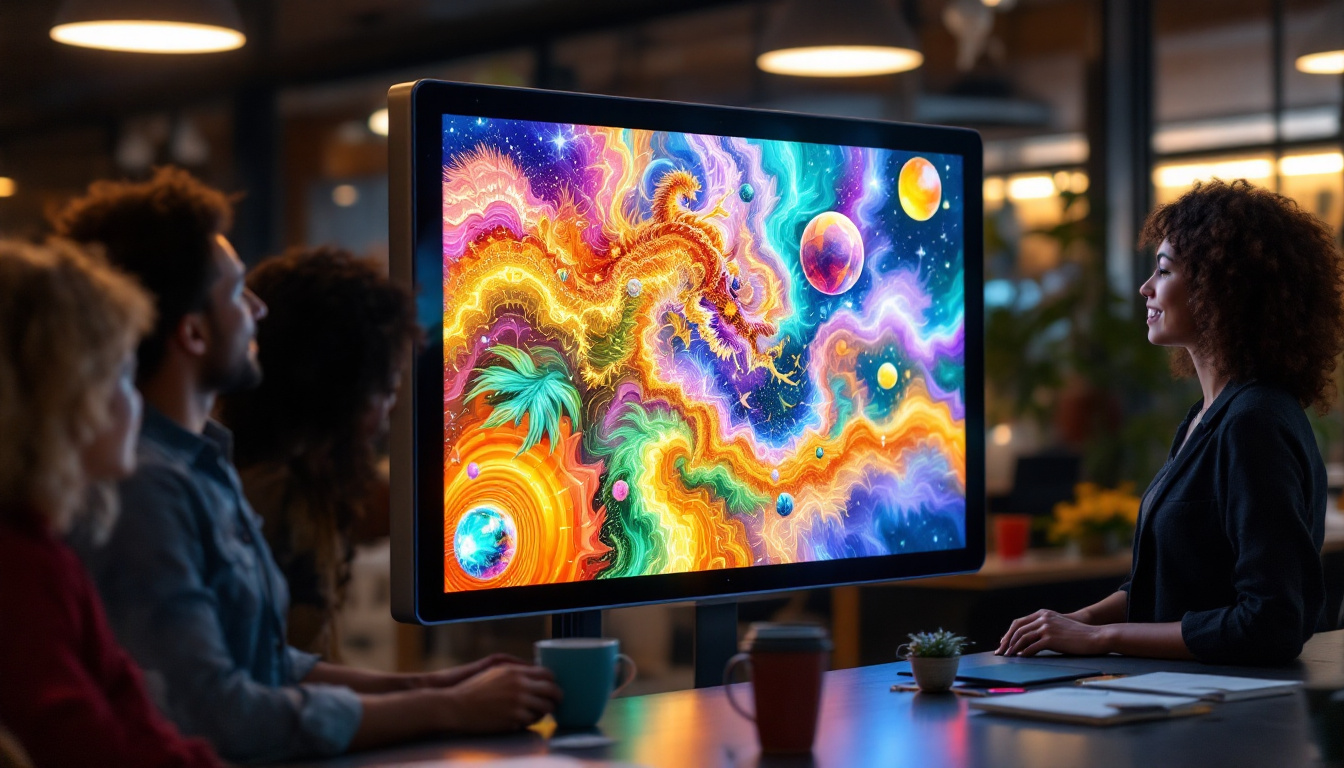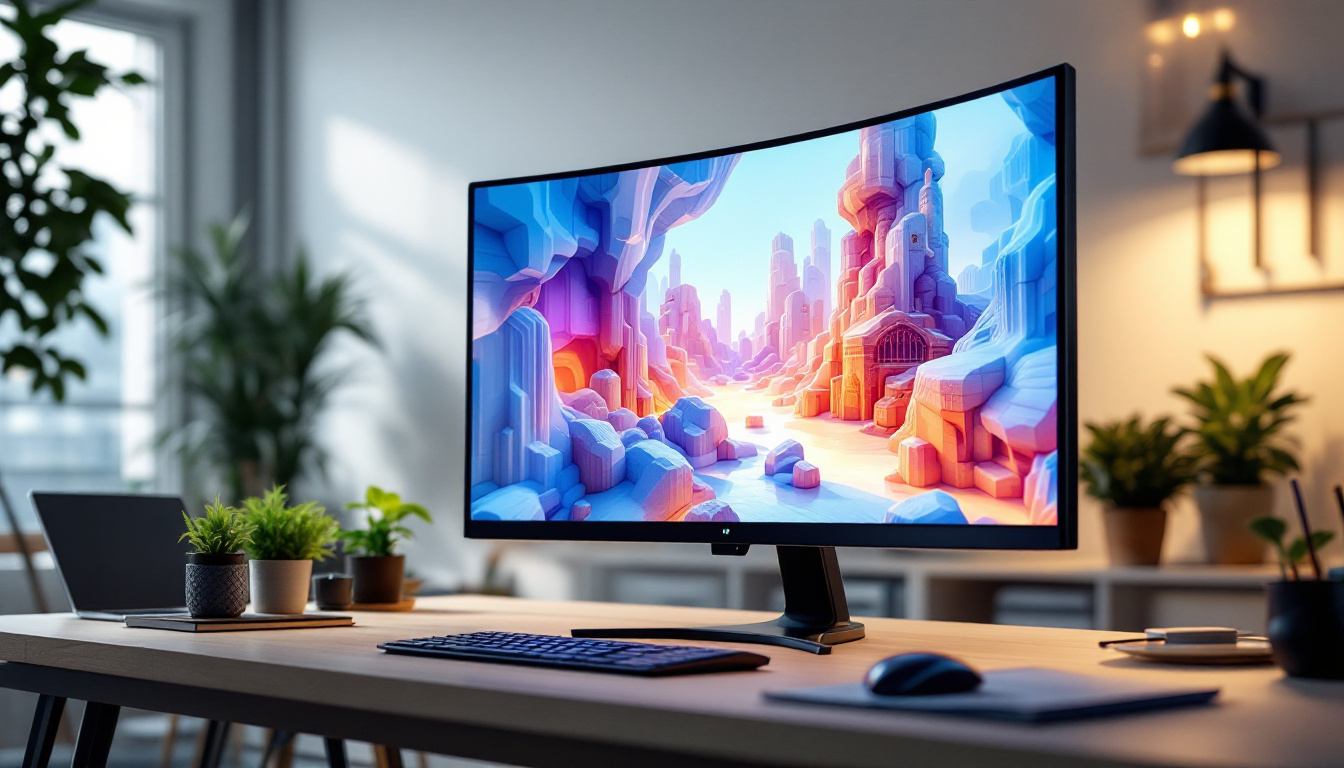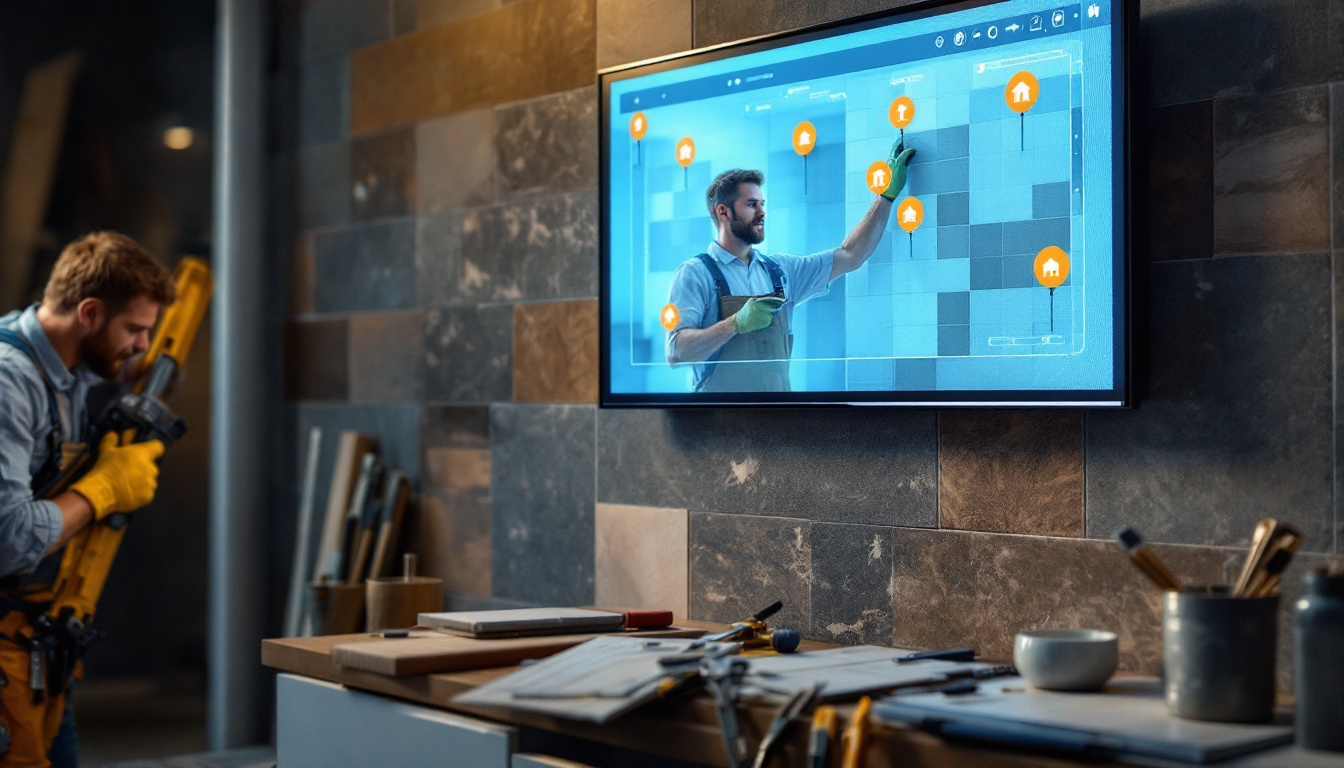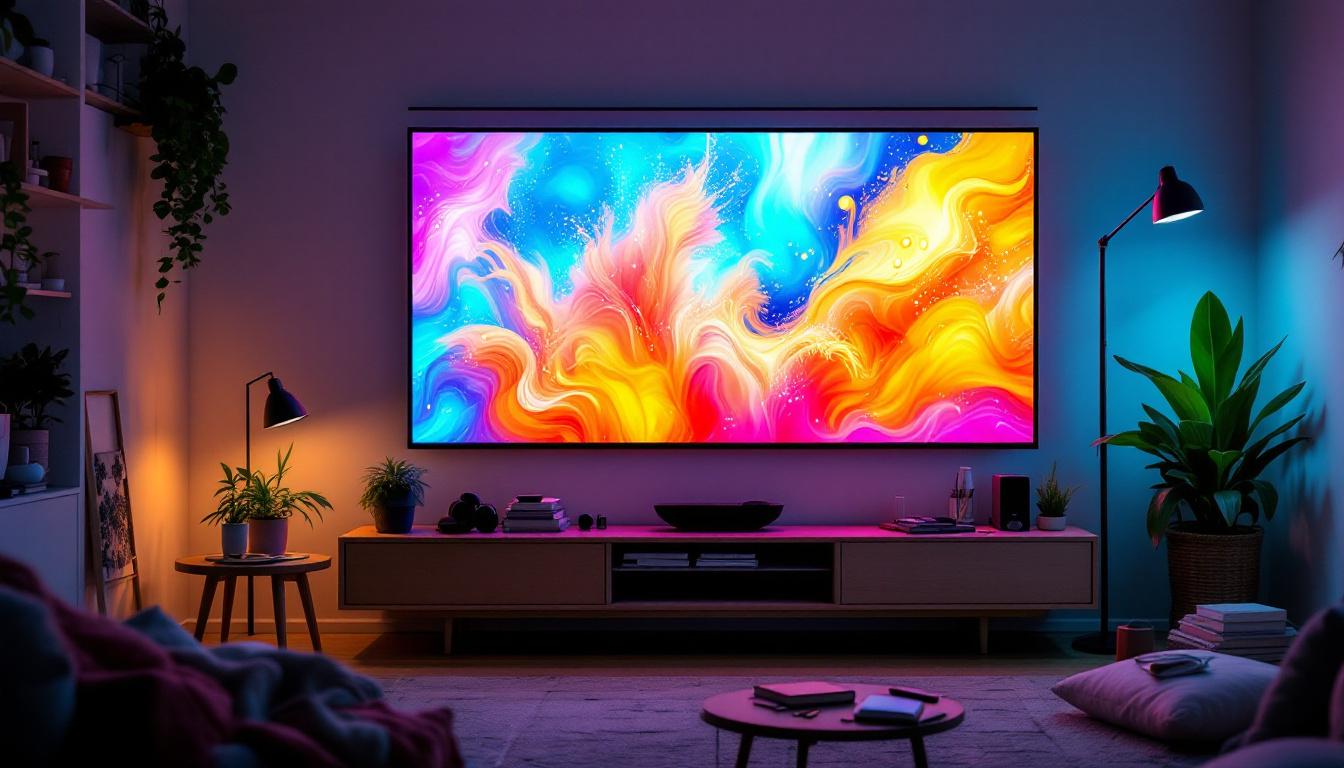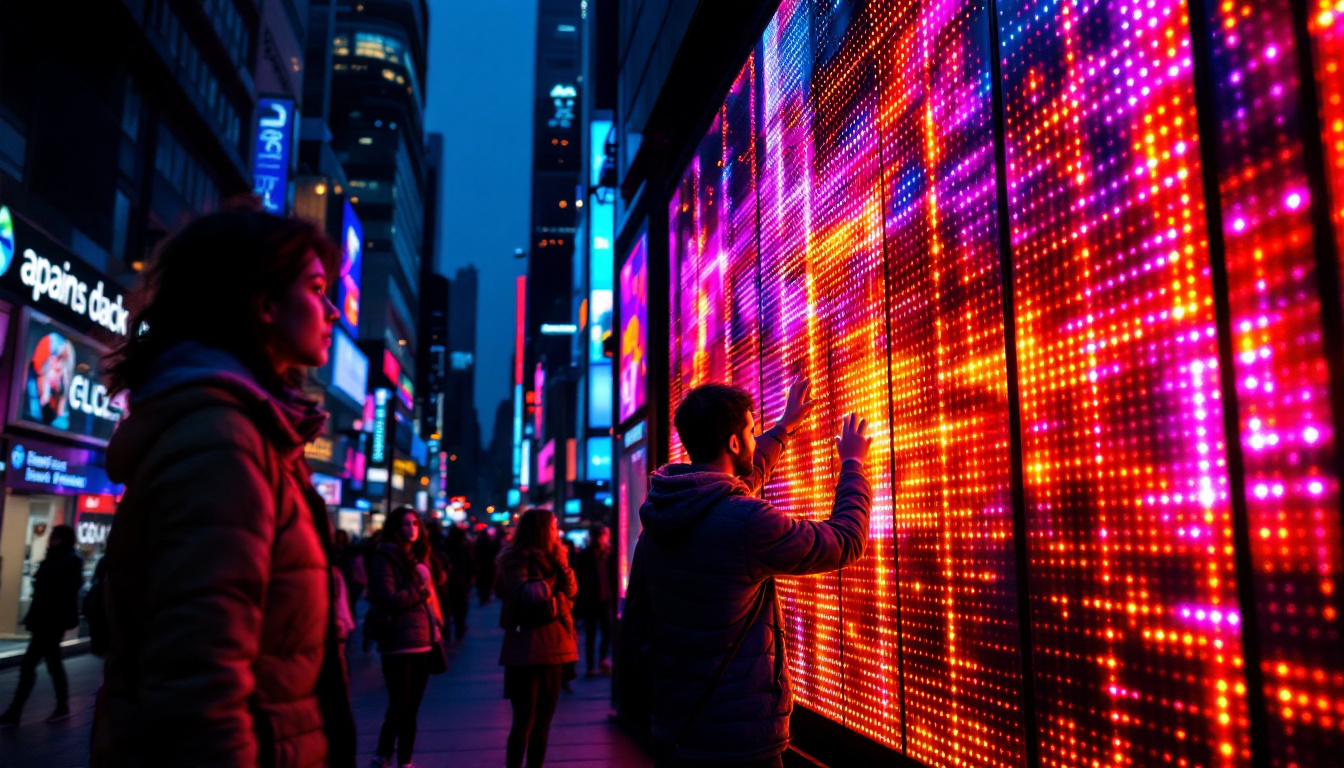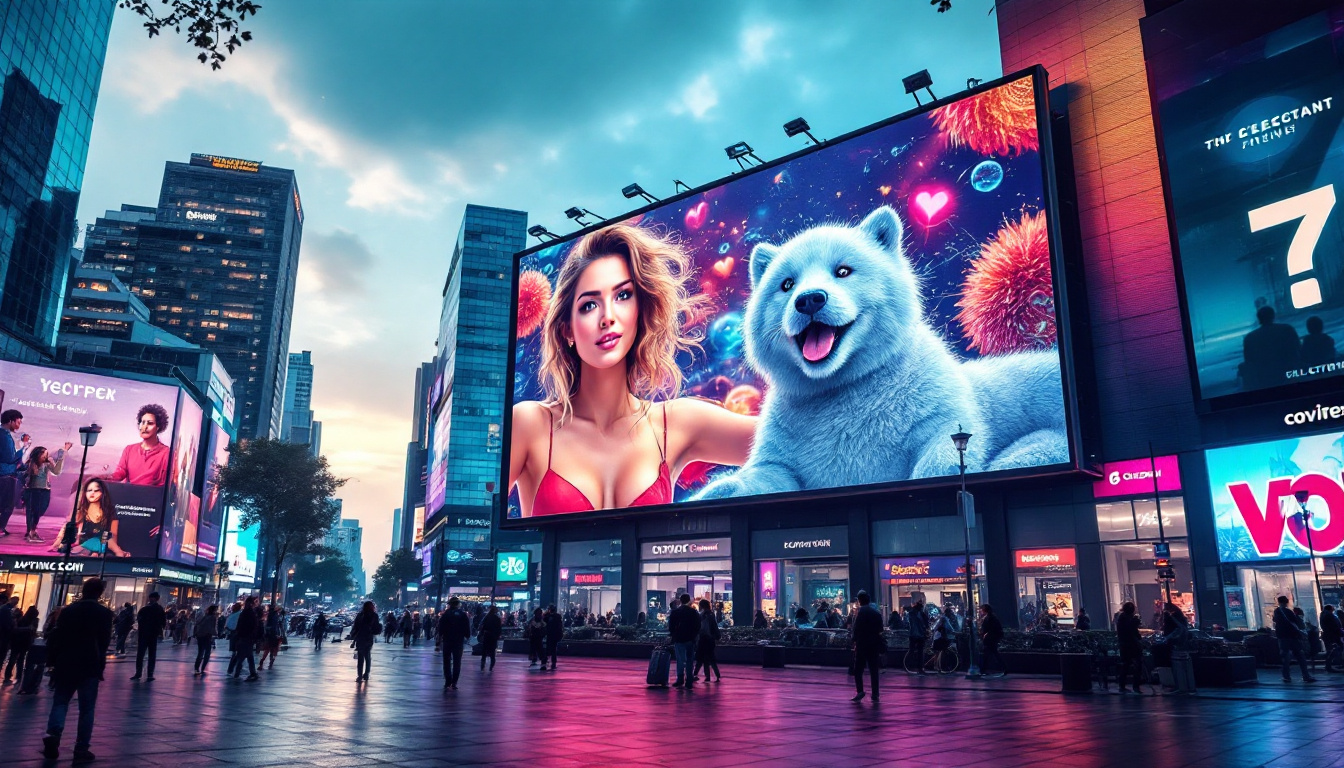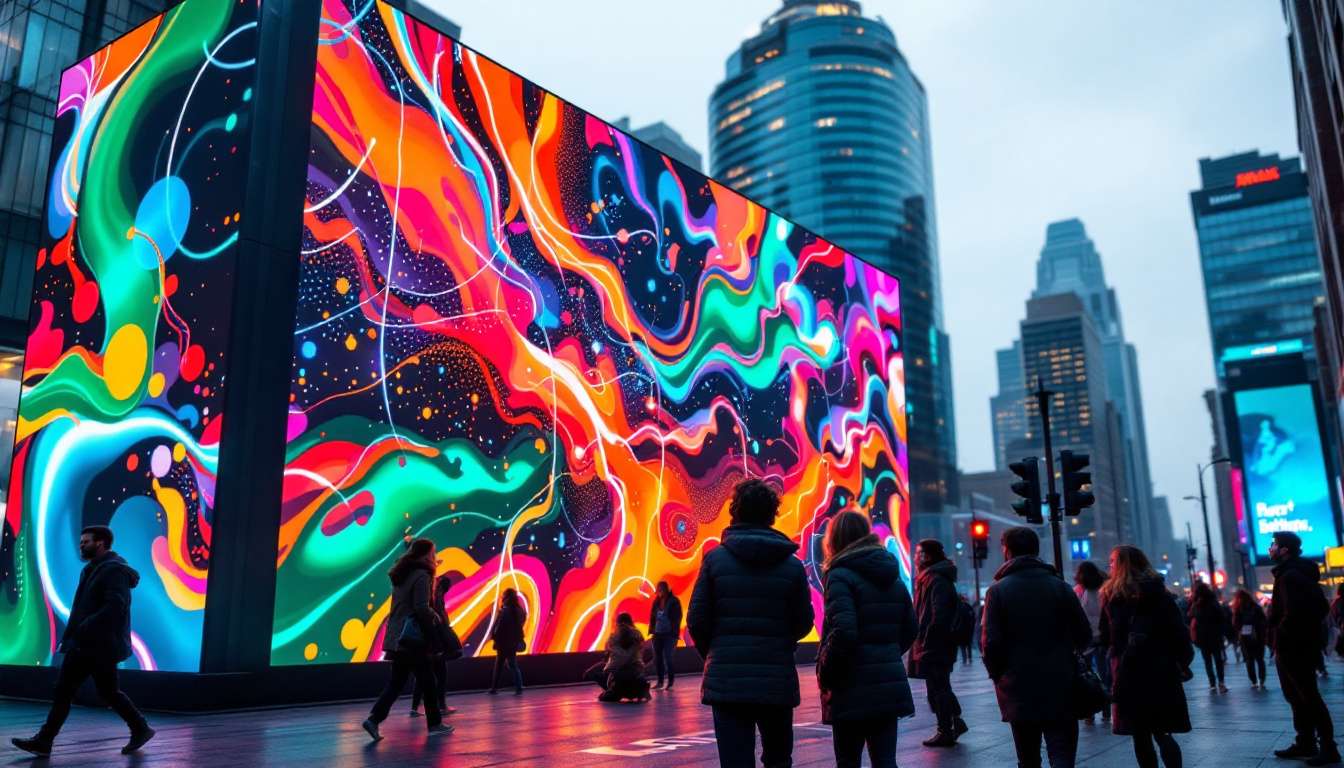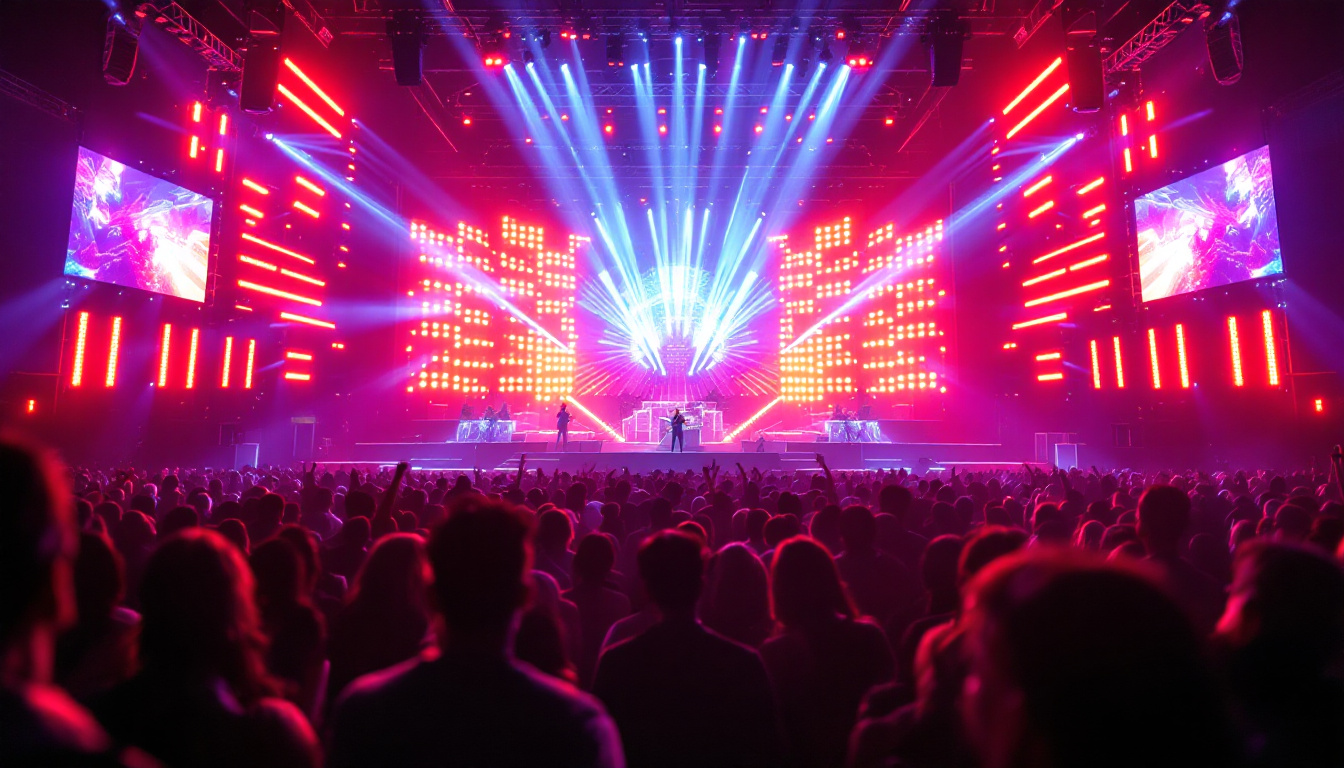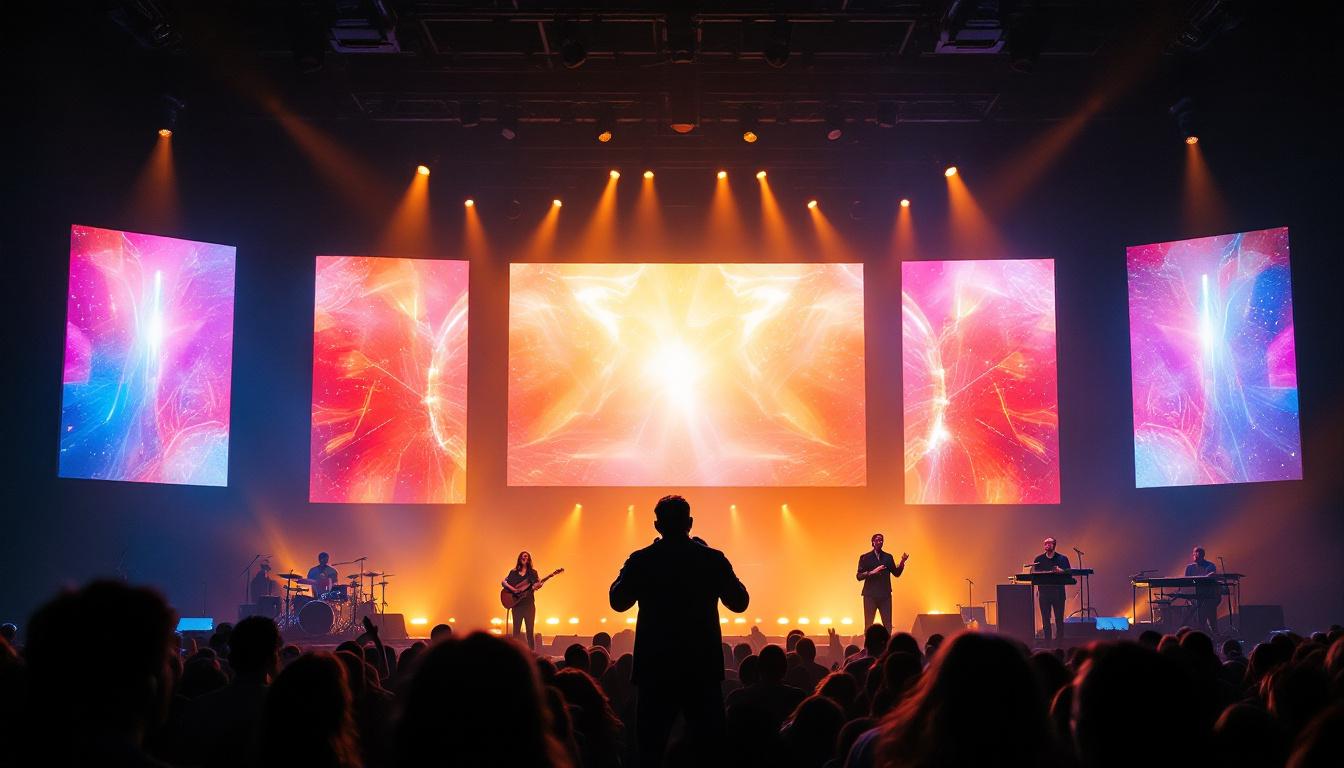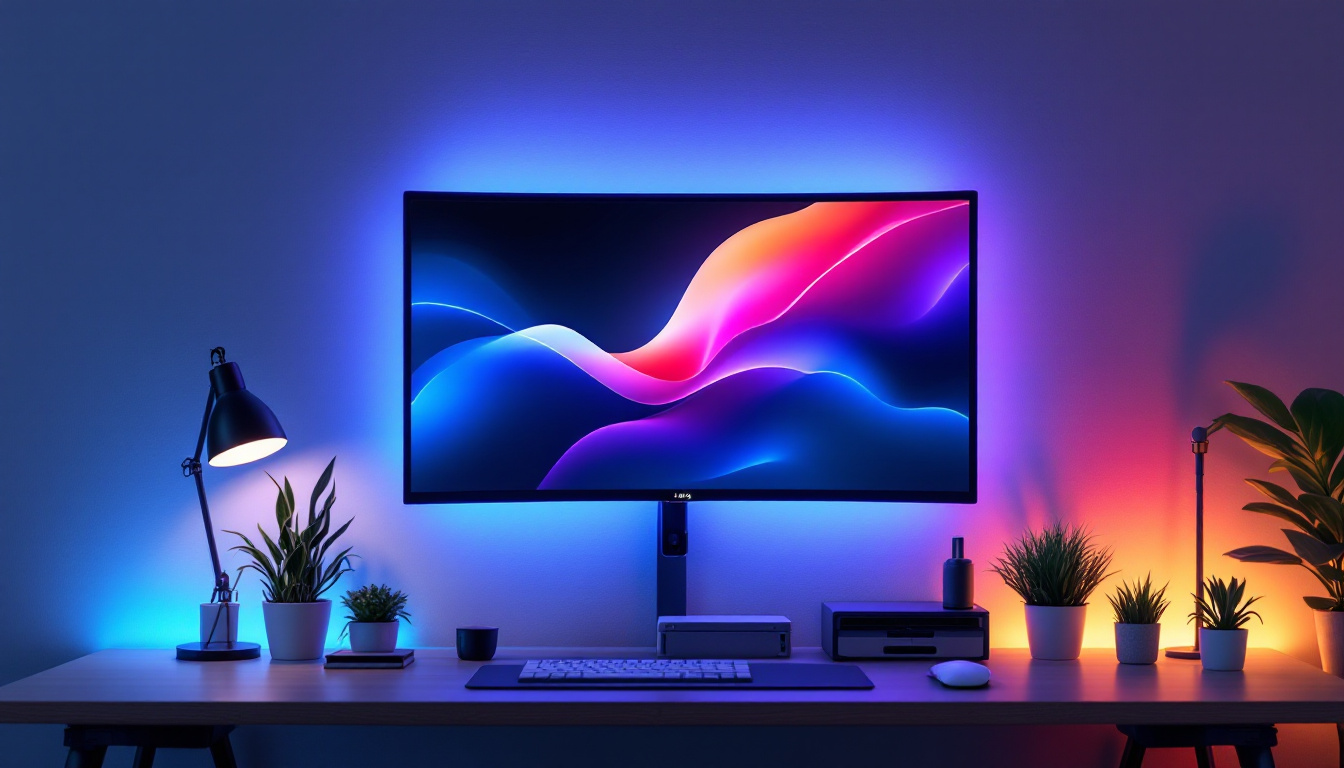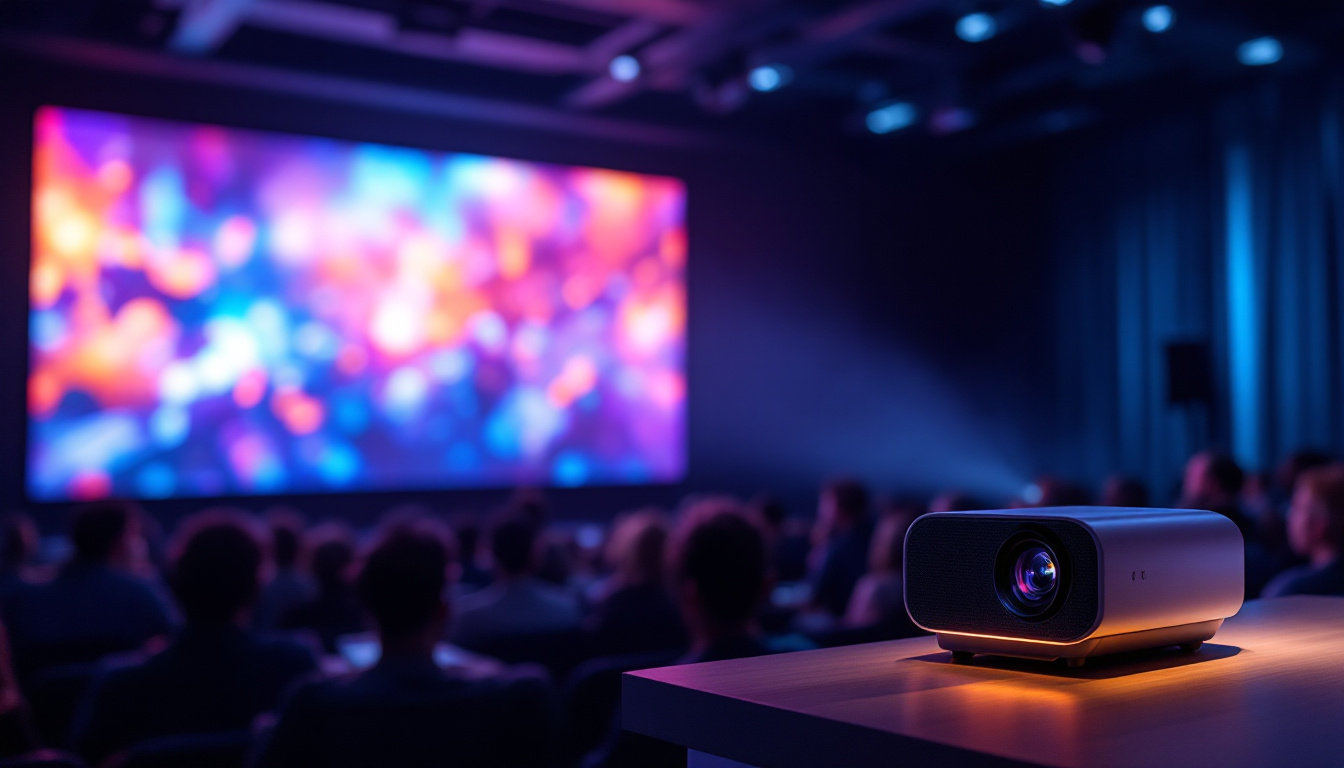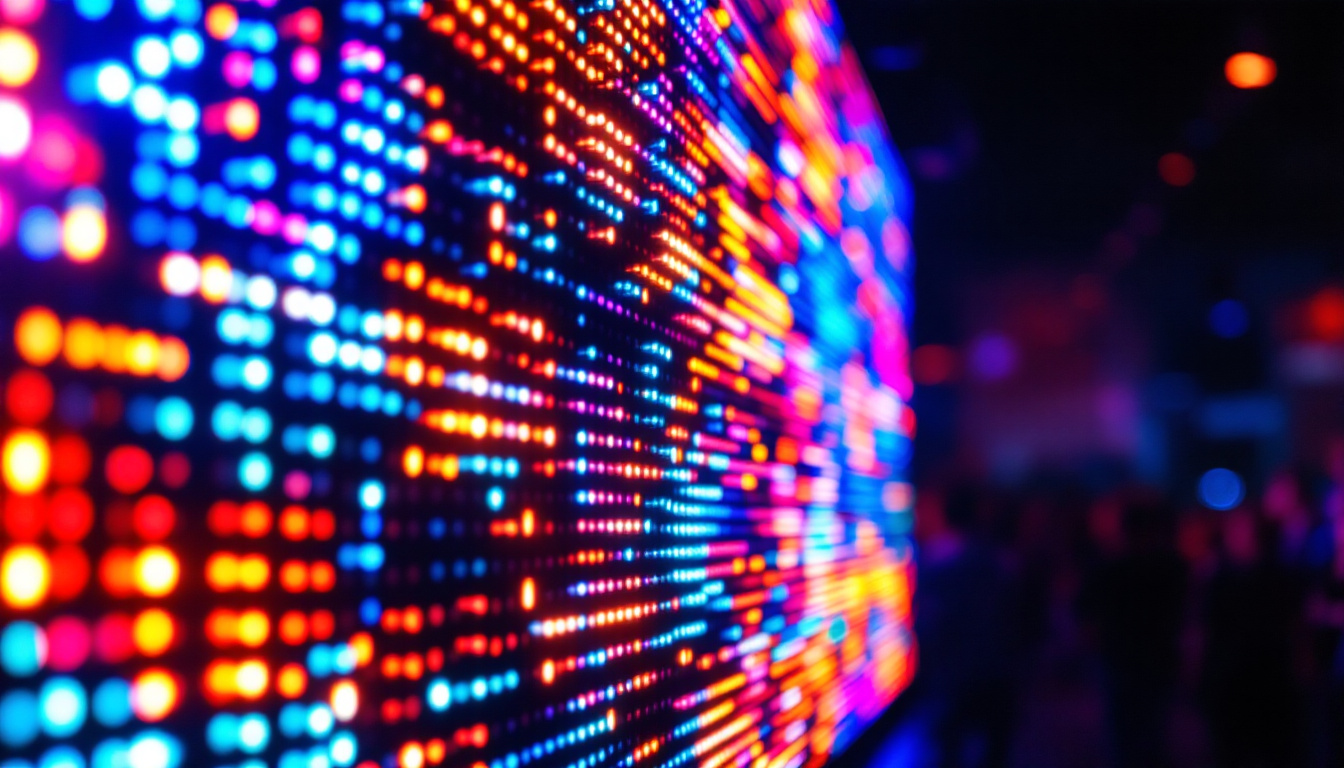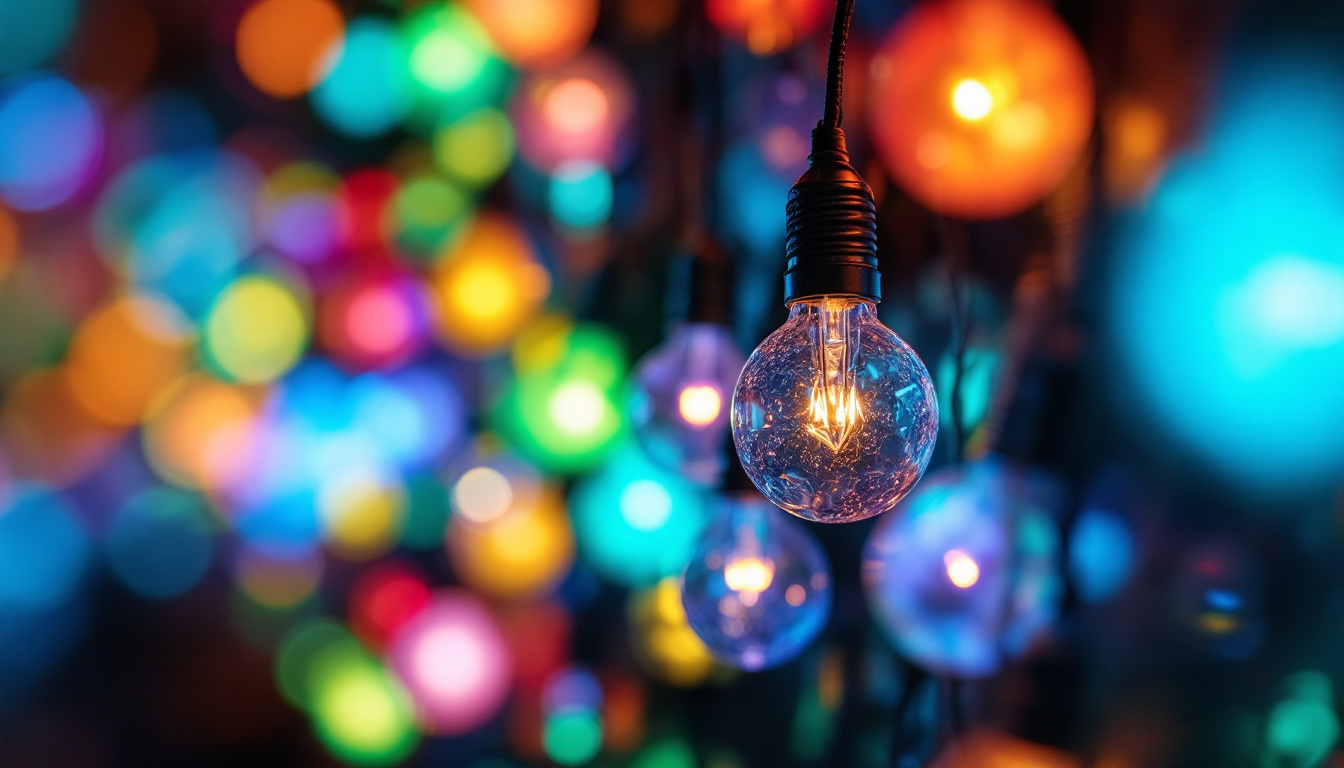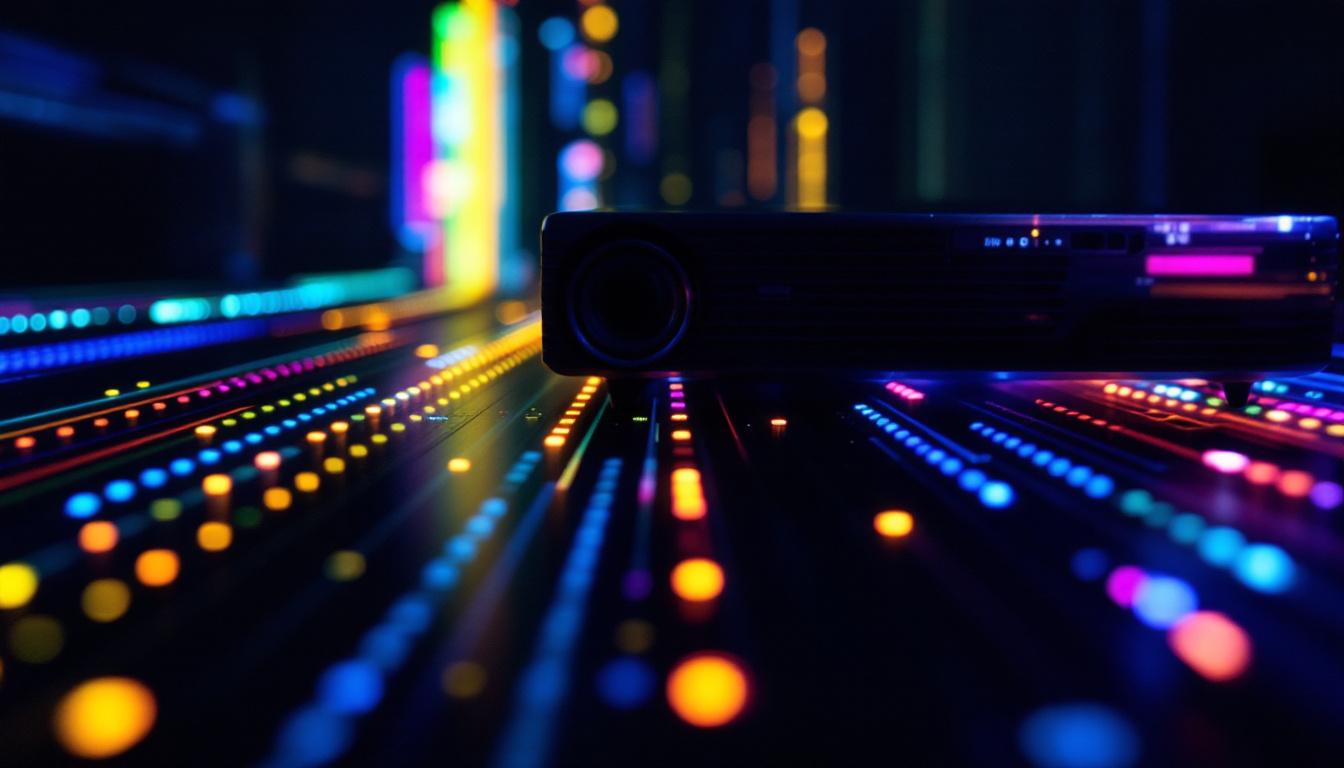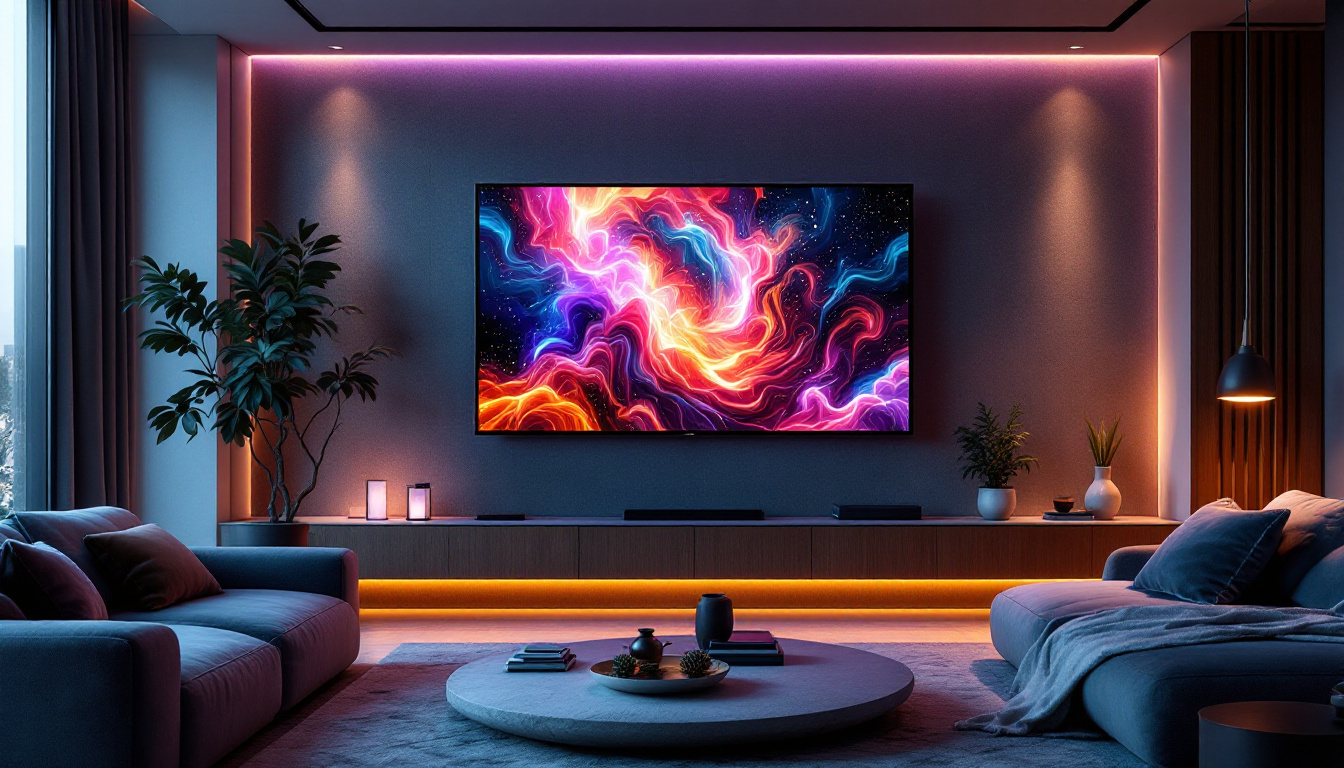In the ever-evolving world of display technology, LED displays have emerged as a leading choice for various applications, from advertising to entertainment. P1 Specialized, a notable player in this field, has made significant strides in enhancing the capabilities and performance of LED displays. This article will delve into the intricacies of LED displays, focusing on P1 Specialized’s innovations, features, and the advantages they bring to different sectors.
Understanding LED Display Technology
LED, or Light Emitting Diode, displays utilize semiconductor technology to produce light. Unlike traditional LCD displays that require backlighting, LED displays emit light directly, leading to brighter images and enhanced color accuracy. This fundamental difference is what sets LED displays apart and contributes to their growing popularity. The energy efficiency of LED technology also plays a significant role in its appeal, as it consumes less power compared to older display technologies, making it a more sustainable choice for both consumers and businesses alike.
How LED Displays Work
At the core of an LED display are thousands of tiny LEDs arranged in a grid. Each LED can emit different colors, typically red, green, and blue (RGB). By adjusting the intensity of these colors, the display can produce a wide spectrum of hues. The combination of these colors and their brightness levels allows for the creation of vibrant and dynamic images. The rapid response time of LED technology also means that motion graphics and videos appear smooth and fluid, enhancing the viewing experience significantly.
Moreover, the technology behind LED displays has evolved to include various types, such as SMD (Surface Mount Device) and COB (Chip on Board). SMD technology allows for a more compact design and better viewing angles, while COB technology enhances durability and efficiency. These advancements have made LED displays more versatile and suitable for diverse environments. Additionally, innovations such as HDR (High Dynamic Range) support have further improved the contrast and detail in images, making LED displays a preferred choice for high-end applications like cinema and digital art installations.
Types of LED Displays
LED displays can be categorized into several types based on their application and technology. The most common types include:
- Indoor LED Displays: Designed for use in controlled environments, these displays are ideal for venues such as shopping malls, conference rooms, and theaters. Their ability to deliver high-resolution images in a compact form makes them perfect for presentations and advertising.
- Outdoor LED Displays: Built to withstand harsh weather conditions, outdoor displays are often used for billboards, sports arenas, and public events. These displays are engineered with protective coatings and robust structures to ensure longevity and visibility in bright sunlight.
- Transparent LED Displays: These innovative displays allow for visibility through the screen, making them perfect for retail environments where product visibility is essential. They can be used in store windows or as partitions, providing a unique way to engage customers while maintaining an open feel.
In addition to these common types, there are also specialized LED displays such as flexible LED screens, which can be bent and shaped to fit unconventional spaces, and high-resolution LED video walls, which are often used in control rooms and large venues for immersive experiences. The versatility of LED technology continues to inspire new applications, pushing the boundaries of how visual information is presented across various industries.
P1 Specialized: A Leader in LED Display Innovation
P1 Specialized has established itself as a frontrunner in the LED display market, known for its commitment to quality and cutting-edge technology. The company focuses on delivering high-performance displays that cater to a wide range of industries, including advertising, entertainment, and corporate communications.
Key Innovations by P1 Specialized
One of the standout features of P1 Specialized’s LED displays is their exceptional resolution. The company offers high pixel density options, which result in sharper images and finer details. This is particularly beneficial for applications where clarity is paramount, such as in live events or high-end advertising.
Additionally, P1 Specialized has invested heavily in research and development to enhance the energy efficiency of its displays. By utilizing advanced materials and technologies, the company has managed to reduce power consumption without compromising on brightness or color quality. This focus on sustainability not only benefits the environment but also reduces operational costs for businesses.
Applications of P1 Specialized LED Displays
The versatility of P1 Specialized’s LED displays allows for a myriad of applications across various sectors. In the advertising realm, these displays are frequently used for dynamic digital signage that captures the attention of passersby. Their vibrant colors and high brightness levels ensure that advertisements stand out, even in direct sunlight.
In the entertainment industry, P1 Specialized’s displays are a staple at concerts, festivals, and sporting events. Their ability to deliver stunning visuals in real-time enhances the audience’s experience, making events more memorable. Furthermore, the displays can be customized to fit unique event themes, adding a personalized touch.
The Advantages of LED Displays
LED displays offer numerous advantages over traditional display technologies, making them a preferred choice for many businesses and organizations. Understanding these benefits can help stakeholders make informed decisions regarding their display needs.
Brightness and Visibility
One of the most significant advantages of LED displays is their superior brightness. Unlike LCDs, which can struggle in bright environments, LED displays maintain visibility even in direct sunlight. This makes them ideal for outdoor applications, where clear visibility is crucial for effective communication.
Moreover, the high contrast ratios of LED displays contribute to their vibrant colors and sharp images. This enhanced visibility ensures that messages are conveyed effectively, whether in advertising or informational contexts.
Durability and Longevity
LED displays are known for their durability, making them suitable for both indoor and outdoor use. They are resistant to shock and vibration, which is particularly important in high-traffic areas or during events. Additionally, LED technology has a longer lifespan compared to traditional displays, reducing the need for frequent replacements and maintenance.
This longevity translates into cost savings for businesses, as they can rely on their displays for extended periods without incurring additional expenses for replacements or repairs.
Installation and Maintenance Considerations
While LED displays offer numerous benefits, proper installation and maintenance are crucial for optimal performance. Understanding these aspects can help organizations maximize their investment in display technology.
Installation Best Practices
When installing an LED display, it is essential to consider factors such as location, viewing distance, and mounting options. The display should be positioned to ensure maximum visibility while minimizing glare from ambient light sources. Additionally, the distance between the display and the audience can influence the pixel pitch required for optimal image quality.
Professional installation services are often recommended to ensure that the display is mounted securely and configured correctly. This can help prevent issues related to misalignment or inadequate power supply, which can affect the display’s performance.
Maintenance Tips for Longevity
Regular maintenance is vital to ensure the longevity and performance of LED displays. This includes routine cleaning to remove dust and debris that can accumulate on the screen. Using appropriate cleaning solutions and techniques is essential to avoid damaging the display.
Additionally, monitoring the display for any signs of malfunction, such as dead pixels or color inconsistencies, is crucial. Promptly addressing these issues can prevent further damage and extend the display’s lifespan. Many manufacturers, including P1 Specialized, offer support and maintenance services to assist customers in keeping their displays in optimal condition.
The Future of LED Display Technology
The future of LED display technology looks promising, with ongoing advancements that are set to redefine the industry. As technology continues to evolve, several trends are emerging that will shape the future of LED displays.
Integration with Smart Technologies
One of the most significant trends is the integration of LED displays with smart technologies. This includes the use of IoT (Internet of Things) capabilities, which allow displays to connect to the internet and communicate with other devices. Such integration can enable real-time content updates, remote monitoring, and enhanced interactivity, providing a more engaging experience for users.
Furthermore, smart displays can utilize data analytics to deliver targeted content based on audience demographics and behavior, enhancing the effectiveness of advertising campaigns.
Advancements in Display Quality
As competition in the display market intensifies, manufacturers are continually striving to improve display quality. This includes advancements in color accuracy, refresh rates, and resolution. Emerging technologies such as MicroLED and MiniLED are also gaining traction, promising even better performance and energy efficiency.
These innovations will not only enhance the viewing experience but also open up new possibilities for creative applications in various industries.
Conclusion
P1 Specialized has positioned itself as a leader in the LED display market, offering innovative solutions that cater to a wide range of applications. With their commitment to quality, energy efficiency, and cutting-edge technology, P1 Specialized’s LED displays are set to continue making waves in the industry.
As LED technology evolves, businesses and organizations can look forward to even more advanced displays that offer enhanced performance and versatility. Understanding the intricacies of LED displays, from their functionality to their applications, will empower stakeholders to make informed decisions that align with their goals.
In a world where visual communication is paramount, LED displays stand out as a powerful tool for engagement, making them an essential component of modern marketing and communication strategies.
Explore Cutting-Edge LED Display Solutions with LumenMatrix
Ready to elevate your visual communication strategy? Discover LumenMatrix’s innovative LED display technology, designed to captivate and engage your audience. From vibrant Indoor and Outdoor LED Wall Displays to dynamic Vehicle and Sports LED Displays, LumenMatrix offers a comprehensive range of solutions tailored to your needs. Experience the future of digital signage with our LED Poster Displays, Floor LED Displays, Custom LED Displays, and All-in-One LED Display options. Embrace transparency with our LED Transparent Display and transform your space into a mesmerizing visual experience. Don’t miss out on the opportunity to revolutionize your brand’s visibility. Check out LumenMatrix LED Display Solutions today and step into a world of unparalleled clarity and impact.


